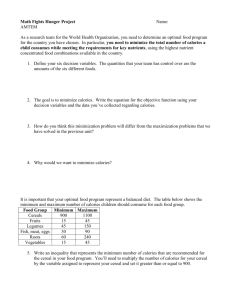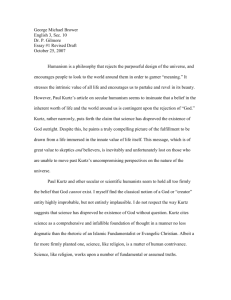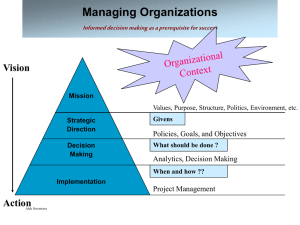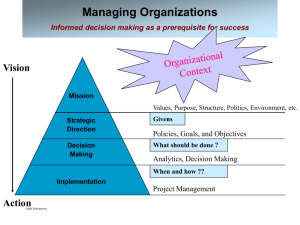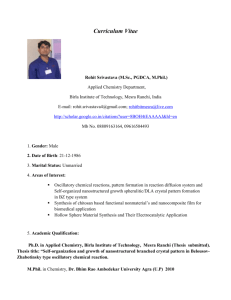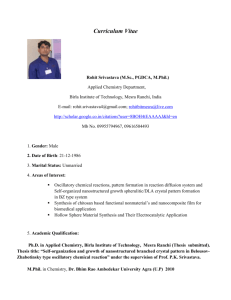Junk Food Companies Target Developing Nations
advertisement
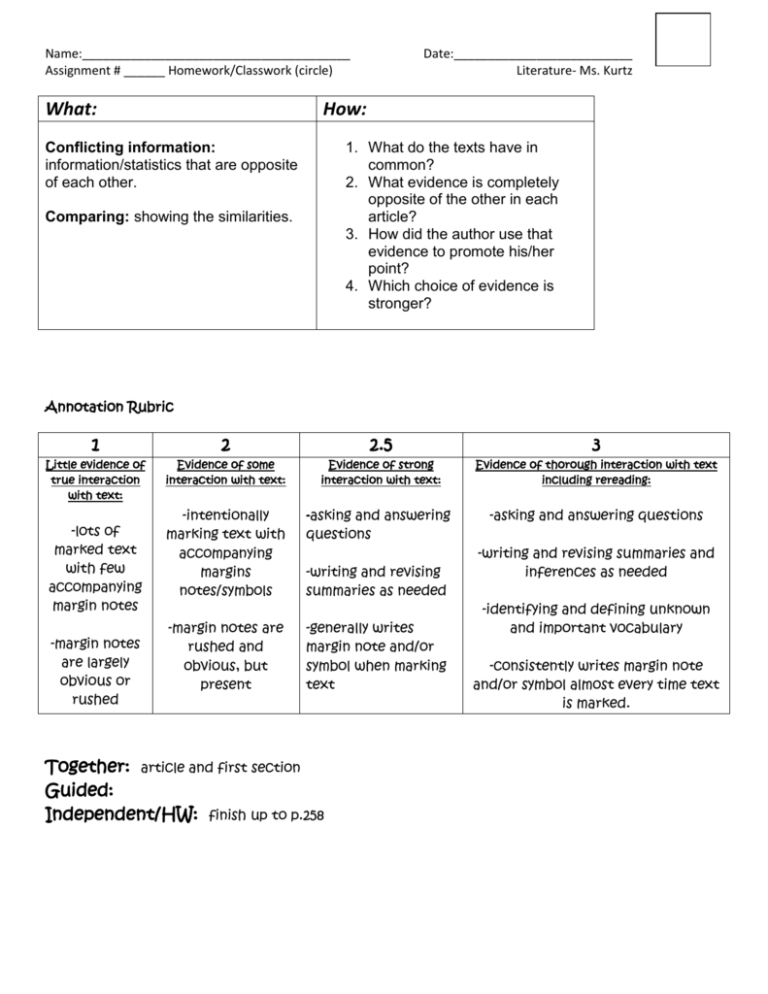
Name:_______________________________________ Assignment # ______ Homework/Classwork (circle) What: Date:__________________________ Literature- Ms. Kurtz How: Conflicting information: information/statistics that are opposite of each other. 1. What do the texts have in common? 2. What evidence is completely opposite of the other in each article? 3. How did the author use that evidence to promote his/her point? 4. Which choice of evidence is stronger? Comparing: showing the similarities. Annotation Rubric 1 2 2.5 3 Little evidence of true interaction with text: Evidence of some interaction with text: Evidence of strong interaction with text: Evidence of thorough interaction with text including rereading: -intentionally marking text with accompanying margins notes/symbols -asking and answering questions -asking and answering questions -margin notes are rushed and obvious, but present -generally writes margin note and/or symbol when marking text -lots of marked text with few accompanying margin notes -margin notes are largely obvious or rushed -writing and revising summaries as needed Together: article and first section Guided: Independent/HW: finish up to p.258 -writing and revising summaries and inferences as needed -identifying and defining unknown and important vocabulary -consistently writes margin note and/or symbol almost every time text is marked. Name:_______________________________________ Assignment # ______ Homework/Classwork (circle) Date:__________________________ Literature- Ms. Kurtz Junk Food Companies Target Developing Nations by Tara Lohan · 2010-06-04 12:11:00 UTC Some of the biggest junk food companies are making at least a PR effort to tackle obesity in the U.S. Following new efforts from the White House to make kids healthier, 16 food and beverage companies said they would cut 1.5 trillion calories from their products in the next five years. The real health impacts of, say, reduced-calorie Cheetos, are likely negligible. But what is important, as Amit Srivastava of India Resource Center recently wrote, is that the role that fast food and junk food companies play in contributing to Americans' obesity is now being widely acknowledged by policymakers and the public. Conquering the epidemic of overweight Americans has now gone mainstream as people are beginning to understand that tons of processed foods laden with sugar, fat, and salt can be dangerous. But while these companies are pledging to improve the healthiness of their products for Americans, they're ramping up the distribution of gut-expanding goods in the developing world, particularly in India and China. According to Srivastava, PepsiCo is set to make a $2.5 billion investment in China and a $200 million investment in India. Coca-Cola is looking to spend $250 million in India, and McDonald's will fork out $20 million annually to open 30 new restaurants in India each year. "But if high-fat, high-sugar, and highly processed foods are bad for the health of Americans, are they any good for people in India and China?" questions Srivastava. "The answer, obviously, is a clear no." The problem with this double standard is that both China and India are already saddled with health problems and over-burdened health care systems. In India, 20 percent of the urban population is overweight or obese. The country was the world leader in diabetes until recently being superseded by China, where an estimated halfbillion people will have diabetes by 2030. In China, obesity has now reached 30 percent of the adult population. Add in a sudden schmorgasbord of sugar and fried fare and it's easy to see just how dire the situation could quickly become. Name:_______________________________________ Assignment # ______ Homework/Classwork (circle) Date:__________________________ Literature- Ms. Kurtz Of course these grim statistics can't be blamed on fast food companies alone, but new efforts to boost sales of unhealthy foods can only make a bad problem even worse. Srivastava writes: "If these food companies were serious about the social responsibilities that they so often tout, they would approach the growing obesity rates in India and China just as they have pledged to do in the U.S.—by not adding any more calories and in fact, reducing calories in the developing countries." The situation seems oddly reminiscent of the 'green revolution,' where we exported industrial agriculture to India and other developing countries, addicting farmers to expensive chemicals and corporate-owned seeds. Activists in India have been fighting to reverse the ill effects of this for decades. Now the country has major corporations like McDonald's and PepsiCo bringing on more troubles. As America's sustainable food movement continues to grow, let's hope that we have the foresight to extend our vision beyond the borders of our own country and work for equitable, healthy, and sustainable food for the global community. Name:_______________________________________ Assignment # ______ Homework/Classwork (circle) Date:__________________________ Literature- Ms. Kurtz Homework – Chew On This #10 Homework: Directions: Using the article from class, answer the following questions. 1. How many food and beverage companies plan to cut calories in the next five years? 2/3. What countries mentioned in the article are increasing distribution of foods with lots of fat and sugar? 4. How much of the population in India is already considered to be drastically overweight? 5. What food movement is starting to grow in the United States? Answer Key 1. 6. Which of the following synonyms most identifies the word grim in the following piece of evidence: Of course these grim statistics can't be blamed on fast food companies alone, but new efforts to boost sales of unhealthy foods can only make a bad problem even worse. sullen severe negative relentless 2. 3. 4. 7. What are two text features used in this article? 8. The article is pro-/anti- fast food development in lower socio economic countries. 5. 6. 9. True/false: This article is heavily biased. 10. Where might one find this article? 7. 8. 9. 10. SCORE



